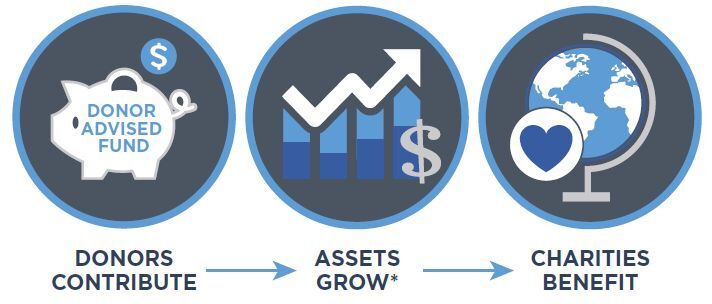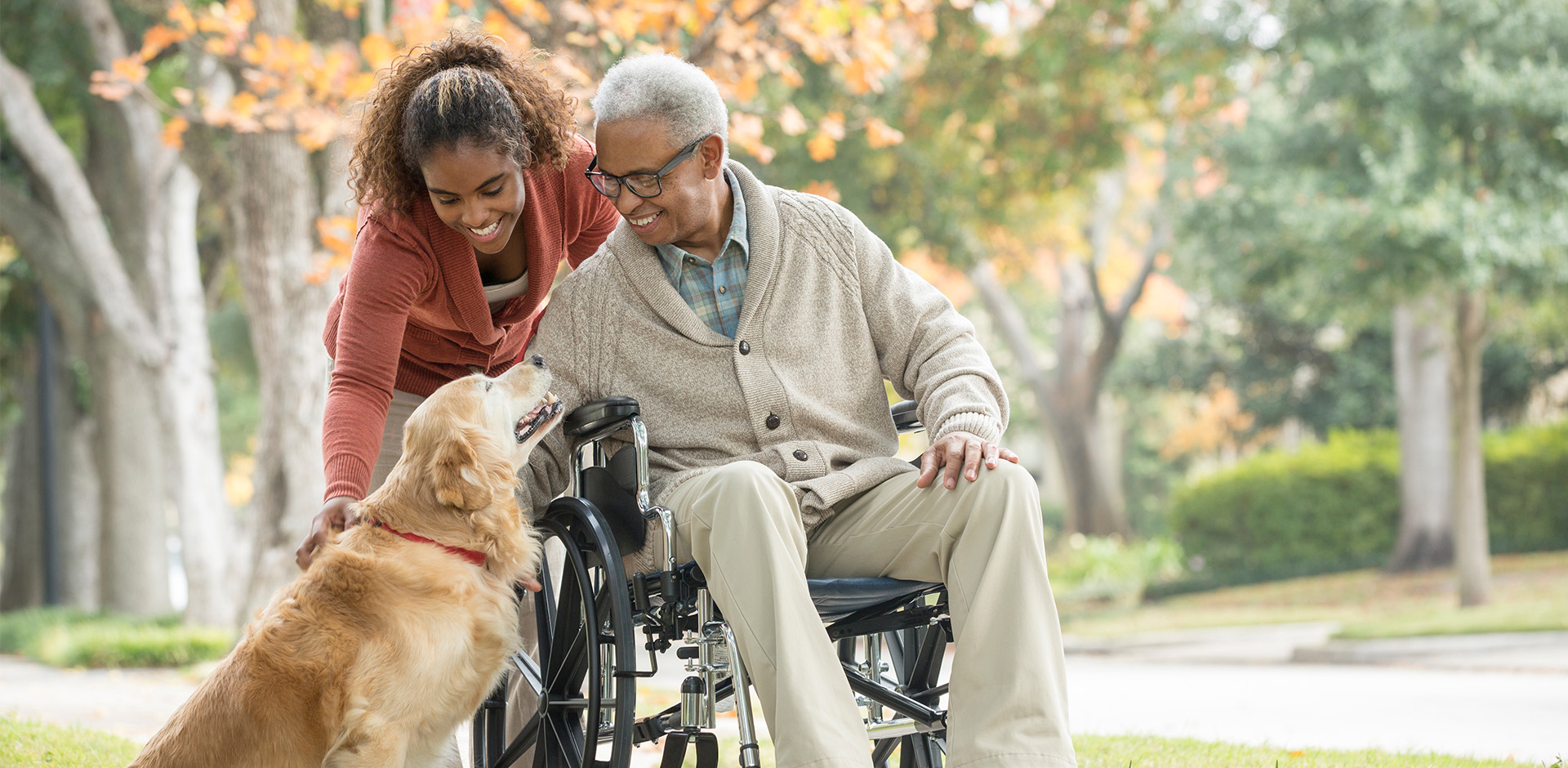Polyarteritis Nodosa
-related nerve damage
Polyarteritis nodosa (PAN) is a type of vasculitis (inflammation of the blood vessels). It occurs when the small and medium-sized arteries in your body become inflamed. This inflammation damages the walls of these arteries and reduces their ability to carry blood to nearby tissues and organs. Without the blood they require, the tissues and organs become injured and may cease to function properly. Polyarteritis nodosa may occur in many regions of the body, but most commonly affects the tissues associated with the peripheral nerves, kidneys and abdominal organs. It is also can affect the skin, heart, joints, muscles, eyes and reproductive organs.
10
Polyarteritis nodosa (PAN) is a rare disease that affects fewer than 10 people per million in the United States each year
85%
PN affecting between 50% and 85% of PAN cases, making it one of the most common complications of the disease
1.6:1
PAN is more common in men than women, with a male-to-female ratio of about 1.6:1
While people of all ages may get polyarteritis nodosa, it is most common in people over 40 years old. There is some evidence that it may affect men more than women. It has been linked to hepatitis B and hepatitis C, but the exact cause of polyarteritis nodosa remains unknown.
When polyarteritis nodosa is diagnosed early and properly treated, it may be possible to recover completely.
Symptoms & Signs
(Not all symptoms and signs may be present)
Polyarteritis nodosa symptoms may develop gradually over weeks or months. At the onset, there may be general systemic symptoms such as fever, sweating, weight loss, weakness, malaise, or abdominal pain. As the disease progresses, the symptoms may be related to the affected organs.
- Nervous system: Decreased alertness
- Peripheral neuropathy
- Muscle pain, numbness or tingling
- Tingling, numbness and pain in feet, legs, hands and arms
- Seizures
- Slurred speech
Kidneys:
- Fluid retention
- Hypertension
- Kidney failure
Skin:
- Hives
- Nodules
- Rashes
- Purpura (purple spots under the skin, produced by small bleeding blood vessels close to the skin)
Heart:
- Chest pain
- Congestive heart failure
- Heart attack
- Shortness of breath
Reproductive organs:
- Pain in pelvis
- Pain in testicles
There may be other symptoms depending upon the organs affected.
Evaluation & Tests
(Not all evaluation and tests may be necessary)
- Neurological exam
- Electromyography
- Nerve conduction velocity test
- Blood tests
- Urine test
- Biopsy
- Angiogram (to assess how polyarteritis nodosa has affected the heart)
Treatment & Therapy
(Not all treatments and therapies may be indicated)
- Corticosteroids
- Take safety measures to compensate for loss of sensation
Today, doctors are exploring a link between pre-diabetes (also known as impaired glucose tolerance or IGT) and peripheral neuropathy. Approximately 10% of adults in America have what is being called “pre-diabetes” or “borderline diabetes”—a condition where the body has higher than normal blood sugar levels, but not high enough to be diagnosed as true diabetes. If left untreated, people with pre-diabetes are at risk of developing type 2 diabetes, heart disease, and nerve damage (which could result in peripheral neuropathy.)
People with pre-diabetes or IGT can significantly reduce their risk of developing type 2 diabetes through diet, exercise and learning to control their blood sugar levels.
Symptoms
(Not all symptoms and signs may be present)
People with IGT often have no symptoms. People who actually have diabetes—and who therefore are at greater risk of developing peripheral neuropathy—often don’t realize it because the symptoms of diabetes come on so gradually. Pre Diabetic symptoms and its complications include:
- Frequent urination
- Blurred vision
- Constant thirst
- Fatigue
- Frequent infections
- Cuts and bruises that heal slowly
- Tingling or numbness in the hands or feet
Tests
(Not all evaluation and tests may be necessary)
To test for pre-diabetes:
- Blood test
- Oral glucose tolerance test
Treatments
(Not all treatments and therapies may be indicated)
- Over-the-counter pain medication for mild pain
- Take safety measures to compensate for loss of sensation.
- Ask your doctor about special therapeutic shoes (which may be covered by Medicare and other insurance).
The first sign of diabetic neuropathy is usually numbness, tingling or pain in the feet, legs or hands.
Over a period of several years, the neuropathy may lead to muscle weakness in the feet and a loss of reflexes, especially around the ankle.
As the nerve damage increases, the loss of sensation in the feet can reduce a person’s ability to detect temperature or to notice pain. Because the person can no longer notice when his/her feet become injured, people with diabetic neuropathy are more likely to develop foot problems such as skin lesions and ulcers that may become infected.
Diabetic neuropathy may suddenly flare up and affect a specific nerve or group of nerves. When this occurs, the result may be weakness and muscle atrophy in various parts of the body, such as involvement of the eye muscles or eyelid (e.g., causing double vision or a drooping eyelid) or thigh muscles. Alternatively, neuropathy caused by diabetes may slowly progress over time. It also can interfere with the normal functioning of the digestive system and sexual organs.
Symptoms
(Not all symptoms and signs may be present)
- Numbness, tingling, or pain in the toes, feet, legs, hands, arms, and fingers
- Indigestion, nausea, or vomiting
- Diarrhea or constipation
- Dizziness or faintness due to a drop in blood pressure especially when rising to a standing position
- Problems with urination
- Erectile dysfunction (impotence) or vaginal dryness
Tests
(Not all evaluation and tests may be necessary)
- Comprehensive foot exam
- Physical examination
- Neurological exam
- Electromyography
- Nerve conduction velocity test
- Quantitive sensory testing (QST)
- Nerve or skin biopsy
- Blood studies (to verify diabetes (e.g., HbA1C) and to rule out other potential causes)
Treatments
(Not all treatments and therapies may be indicated)
The goal of treatment for diabetic neuropathy is to relieve discomfort and to prevent further tissue damage. The first step is to bring blood sugar levels under control by diet and medication. Another important part of treatment involves taking special care of the feet.
- Over-the-counter pain medication for mild pain
- For severe pain, take over-the-counter pain medication or prescription drugs used for peripheral neuropathy, on a regular basis—rather than waiting until nighttime when symptoms can become more severe
- Keep blood sugar levels in normal range
- Get regular exercise
- Maintain a healthy weight
- Antidepressants (for pain relief)
- Foot care: inspect your feet daily for injuries
- Special Therapeutic shoes (which may be covered by Medicare and other insurance)
- Take safety measures to compensate for loss of sensation
Resource library
Read our newsletter and explore educational brochures to help expand your knowledge of peripheral neuropathy.







